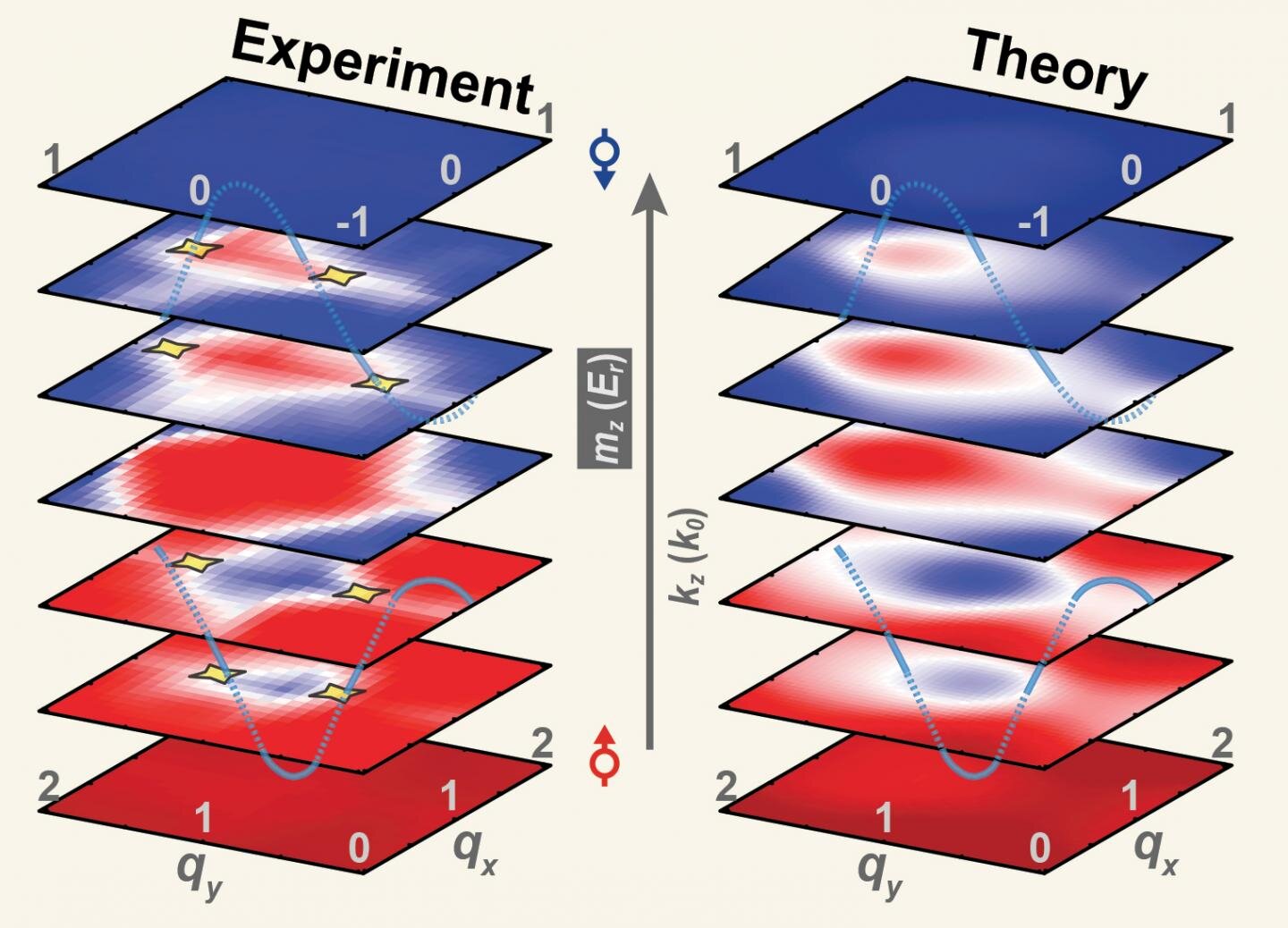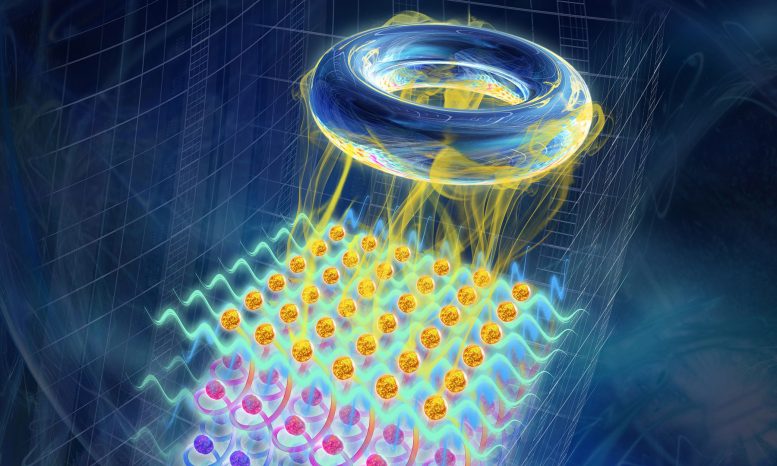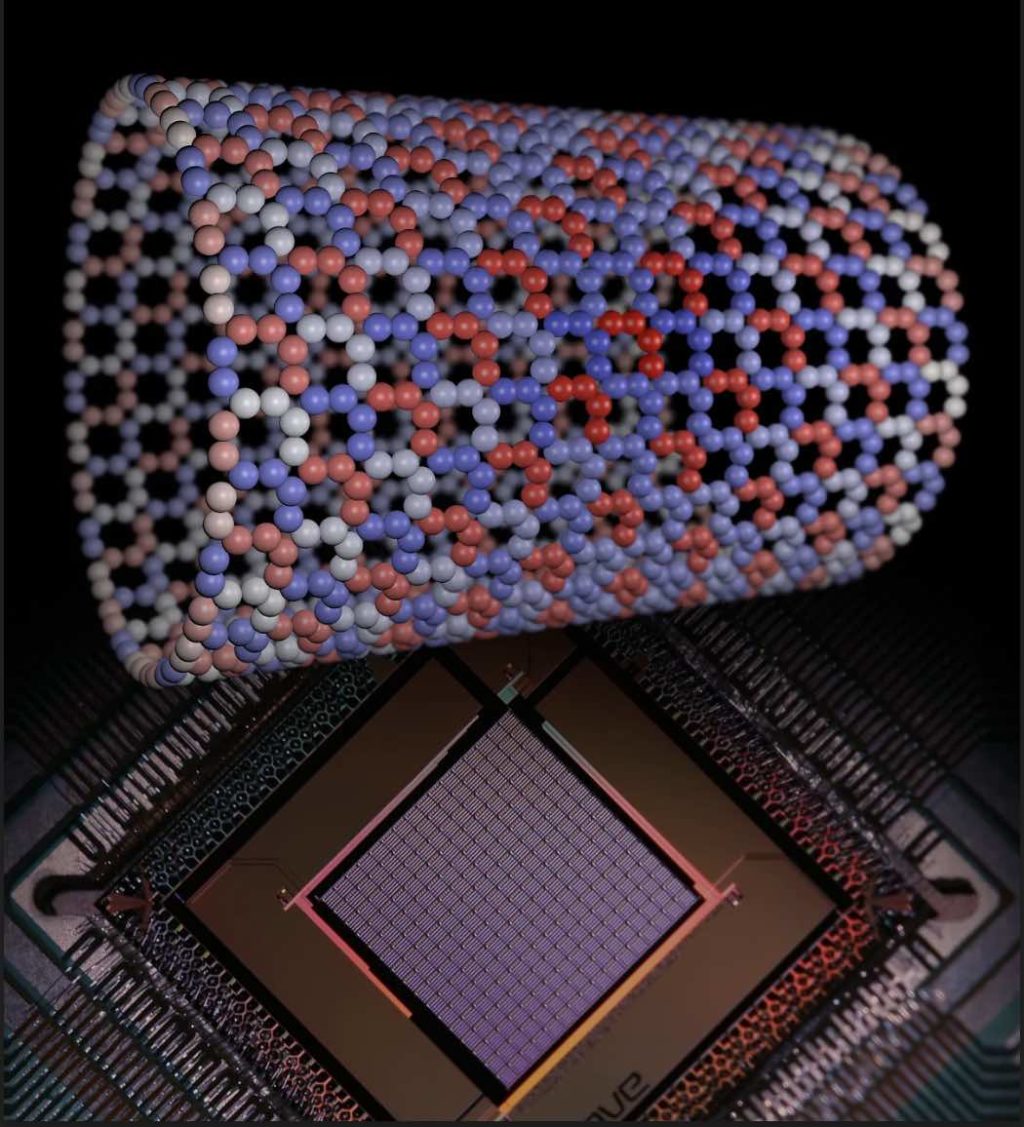
Quantum computing is an area of study that aims to revolutionize computing by utilizing the principles of quantum mechanics. Recently, physicists have made a significant breakthrough in topological quantum computing, a subfield of quantum computing that promises enhanced stability and error resistance. This article delves into the details of this breakthrough, its implications, and the future of quantum computing.
Understanding Topological Quantum Computing
Topological quantum computing relies on quasiparticles known as anyons, which exist in two-dimensional spaces and have unique properties that make them suitable for quantum computing. Unlike traditional quantum bits (qubits), which are prone to errors due to environmental disturbances, topological qubits are inherently protected by their topological properties. This makes them more stable and less susceptible to errors, a critical factor for developing reliable quantum computers.
The Recent Breakthrough
Physicists have recently succeeded in creating and manipulating these anyons in a controlled environment. This breakthrough is a significant step towards realizing practical topological quantum computers. By braiding anyons, which involves moving them around each other in specific patterns, researchers can create robust qubits that maintain their quantum state over longer periods.
Key Achievements
- Creation of Anyons: The research team managed to create anyons in a laboratory setting, a feat that has been a major challenge in the field.
- Braiding Operations: They successfully demonstrated the braiding of anyons, a process crucial for topological quantum computation.
- Error Reduction: The new method significantly reduces error rates, enhancing the reliability of quantum operations.
Implications for Quantum Computing
The development of topological qubits could lead to several advancements in quantum computing:
- Increased Stability: Topological qubits offer greater stability, which is essential for performing complex quantum calculations without frequent errors.
- Scalability: With more stable qubits, it becomes easier to scale up quantum computers to include more qubits, increasing their computational power.
- Enhanced Error Correction: The inherent error resistance of topological qubits reduces the need for extensive error correction mechanisms, simplifying the design and operation of quantum computers.
Future Prospects
The successful manipulation of anyons is a promising step towards the practical implementation of topological quantum computers. However, several challenges remain:
- Scalability: While the creation and manipulation of anyons have been demonstrated, scaling this process to build large-scale quantum computers remains a significant hurdle.
- Technological Integration: Integrating topological qubits into existing quantum computing architectures requires further research and development.
- Cost: Developing and maintaining the specialized conditions required for topological quantum computing can be expensive.
Potential Applications
If these challenges can be overcome, topological quantum computers could revolutionize various fields:
- Cryptography: Quantum computers can break traditional encryption methods, but topological quantum computers could also develop new, virtually unbreakable encryption techniques.
- Drug Discovery: Quantum simulations can model complex molecules and interactions, speeding up the discovery of new drugs.
- Optimization Problems: Quantum computers can solve optimization problems much faster than classical computers, with applications in logistics, finance, and beyond.
Conclusion
The recent breakthrough in topological quantum computing represents a significant milestone in the quest for practical quantum computers. By leveraging the unique properties of anyons, physicists have taken a crucial step towards creating more stable and reliable qubits. While challenges remain, the potential benefits of topological quantum computing are immense, promising to revolutionize fields ranging from cryptography to drug discovery. As research continues, we can expect to see further advancements that bring us closer to the era of quantum computing.

